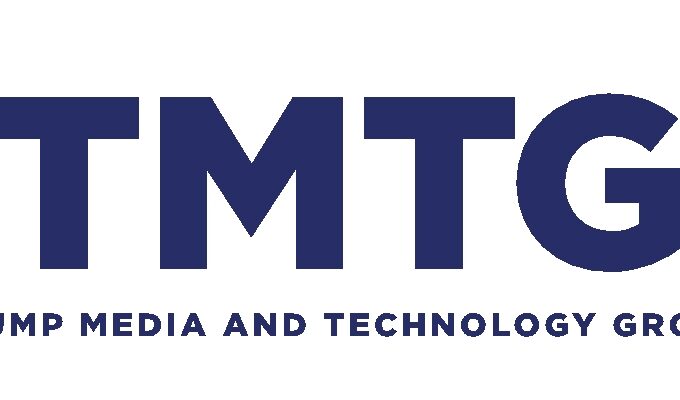
Google (and Facebook) are getting almost all digital ad money
By Harriett Taylor for CNBC
With Alphabet and Facebook crushing analyst estimates in the second quarter — while Twitter delivered a mixed quarter — it is a tale of two cities when it comes to the three biggest independent U.S. tech companies whose businesses rely on ads.
For overall ad revenues — which includes Google websites (the lion’s share at $15.40 billion) and Google Network Members websites ($3.74 billion), Alphabet reported $19.14 billion, an increase of 19 percent year over year.
Google’s overall segment revenues were $21.32 billion, up 21 percent year over year. The company’s stock hit an all time high in after hours trading.
Though Alphabet, Facebook and Twitter are all heading in a positive direction when it comes to growing ad revenue, Facebook and Alphabet are consolidating their market share, confirming what many investors have long suspected, said Kessler.
“Google and Facebook continue to take the dominate share of ad dollars,” said Kessler. “That’s been the concern for companies like Twitter with Google and Facebook increasingly getting incremental dollars for ad revenue.”
“This quarter confirms investors’ thesis that Google and Facebook are getting the lion’s share of ad dollars,” he said.
Ad revenue in the second quarter — the life blood of these businesses — looks like this for Alphabet’s U.S. tech competitors.
Facebook reported $6.24 billion in ad revenue, up 63 percent year over year on Wednesday. Mobile ad revenue made up $5.24 billion of that overall figure and grew even faster — up 84 percent over last year. Shares of the company hit an all-time high Thursday.
Twitter also posted ad revenue growth, but it was not enough to convince investors that the company is headed in the right direction. The company’s shares traded down more than 10 percent in after-hours trading on Tuesday. Twitter’s stock is trading down around 55 percent over the past 52 weeks.
The CEOs of Facebook and Twitter each opened the companies’ earnings press releases by highlighting strength in video, each vying to position themselves as the go to place for users to spend time and advertisers to spend dollars they transfer from traditional broadcast platforms.
“We’re particularly pleased with our progress in video as we move towards a world where video is at the heart of all our services,” said Facebook CEO Mark Zuckerberg.
For Twitter, it is all about marrying the company’s strength in capturing live online conversations with live streaming video of key events.
“We remain focused on improving our service to make it fast, simple and easy to use, like the ability to watch live-streaming video events unfold and the commentary around them,” said Twitter CEO Jack Dorsey in the company’s earnings press release.
Google is notoriously tight-lipped about it’s YouTube video ad business, though CFO Ruth Porat told analysts on the earnings conference call that “YouTube revenue continues to grow at a very significant rate.”
Google CEO Sundar Pichai also highlighted YouTube, and more specifically, live content. He noted that YouTube was the first major platform to support 360 degree video and said they recently added the ability for contributors to go live on the platform. The company’s biggest ever livestream was the UEFA Champions League Final broadcast on YouTube in partnership with BT Sport in May.
First appeared at CNBC





